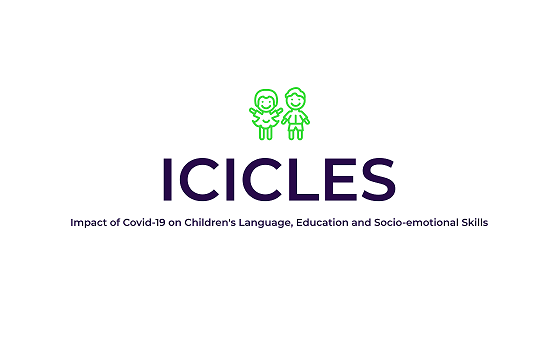Student Debt, Higher Education Participation and Intermediate Skills Development

Summary & aims
Following the reforms of higher education (HE) student funding, and increase in tuition fees, introduced in 2012-13, this research explores whether potential students’ attitudes to debt and HE participation has changed over time. This project was supported by the ESRC-funded Centre for Learning and Life Chances in Knowledge Economies and Societies (LLAKES) in which NIESR is a partner together with the Institute of Education, University of London and the University of Southampton.
Methodology
Aims
Following the reforms of higher education (HE) student funding, and the increase in tuition fees introduced in 2012-13, the main aims of this project were to explore:
- How much had potential students’ attitudes to debt and HE participation changed since the early 2000s as different policies regarding tuition fees, maintenance support and student loan availability have been introduced?
- To what extent had student attitudes to debt affected decisions to enter HE in recent years?
- How much consideration do prospective HE students give to alternative options such as seeking immediate employment (with or without formal training) or undertaking apprenticeship training?
To address these questions, we carried out a survey of sixth form students and FE college students who were studying towards qualifications which give them the potential to enter HE. The results from this survey (completed in 2015) were compared with findings from a similar survey undertaken in 2002.
Findings and Recommendations
Young people’s attitudes to taking out student loan debt were found to be generally more favourable in 2015 than in 2002, partly reflecting a growing belief that borrowing money to pay for a university education would be a good investment and a widespread understanding that future loan repayments would be income-contingent. Nonetheless, debt averse attitudes remained much stronger among lower-class students than among upper-class students. Furthermore, these debt averse attitudes seemed more likely to deter planned higher education participation among lower-class students in 2015 than in 2002.
Focussing on other factors which help shape students’ higher education enrolment decisions, we developed a new index of social advantage which captures anticipated financial support from family, parental attendance at university and family encouragement to attend higher education. This index was found to be significantly and positively related to planned higher education participation.
Output
These and other findings were written up in a series of publications and also presented to policy-makers, HE specialists and other audiences. For example, in February 2017 Claire Callender and Geoff Mason presented their survey findings on student debt and HE participation to a large seminar audience of policy makers at the Department for Education which is the department most closely involved with HM Treasury in determining the terms and conditions of student loans. In May 2018 Claire Callender submitted written evidence on student debt to the government Review of Post-18 Education and Funding. In addition, the research findings were disseminated more widely to HE stakeholders via social media with publications in WonkHE and The Conversation.
In August 2016, following a presentation of our findings at an international conference at the University of Pennsylvania, contacts were made between Callender and academics at Vanderbilt University, Nashville, Tennessee which have led to the creation of a unique English/US dataset on young people’s attitudes to loan debt and their HE participation in HE, and to collaborative research making use of these data.
Further analysis of our survey data suggested that, alongside student demand for full-time HE study, there was substantial latent demand for immediate employment options if they offered real training opportunities (including apprenticeships with the prospect of pursuing HE studies at a later time, perhaps studying part-time with employer support). These issues were discussed at a seminar presentation by Geoff Mason to analysis and policy staff at the Department for Education in May 2018. This seminar stimulated considerable discussion among government officials present about how the supply of combined employment and training opportunities at HE level could be increased to meet the potential demand for them (for example, through the new Apprenticeship Levy system).
Publications
Callender, C. (2018) Undergraduate Student Loan Debt: Evidence to the Review of Post-18 Education and Funding, London, LLAKES, UCL Institute of Education.
Mason, G (2018) Higher Education, Initial Vocational Training and Continuing Education and Training: Where Should the Balance Lie?, LLAKES Research Paper (forthcoming), London, UCL Institute of Education.
Callender, C. and Mason, G. (2017) ‘Does Student Loan Debt Deter Higher Education Participation? New Evidence from England’, Annals of American Political and Social Science, 671(1): 20-48.
Callender, C. (2017) Fear of Debt Really is Deterring the Poorest from University, Wonkhe https://wonkhe.com/blogs/comment-fear-of-debt-is-deterring-the-poorest-from-university/
Callender, C. (2017) ‘Poorer Students Aren’t Applying to University Because of Fears of High Debts,’ The Conversation http://theconversation.com/poorer-students-arent-applying-to-university-because-of-fears-of-high-debts-78694
















